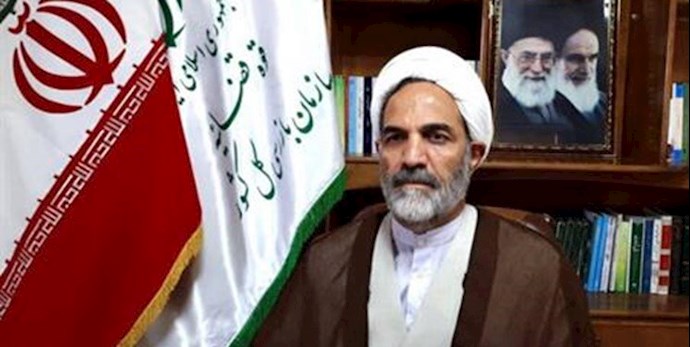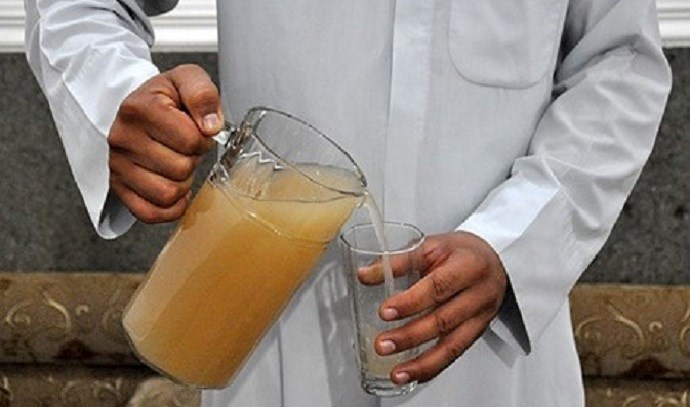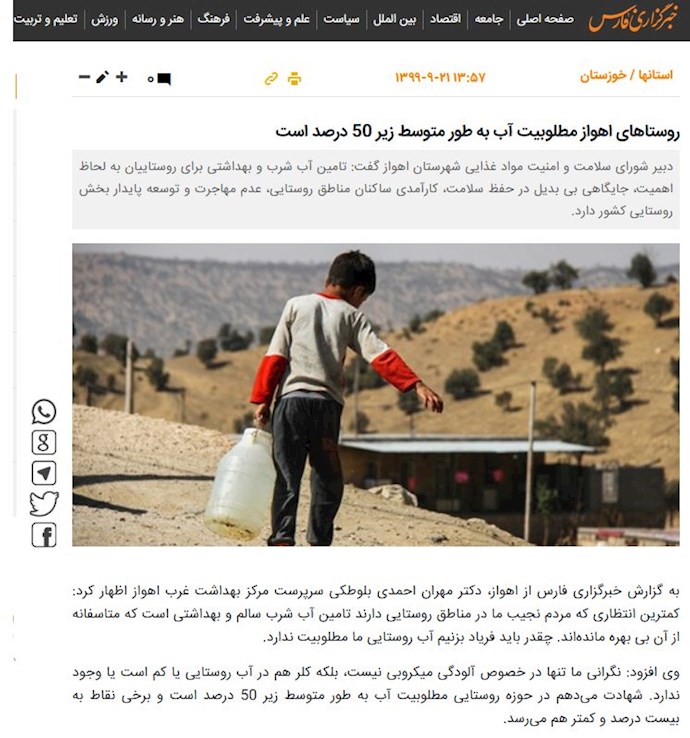Analysis by PMOI/MEK
December 12, 2020—Iran ranks first in the world in terms of natural gas reserves and third in terms of oil reserves, according to the Gas Exporting Countries Forum (GECF). Most of Iran’s oil and gas resources are in its southern provinces such as Khuzestan. Khuzestan is also home to Karun, one of Iran’s biggest rivers. Despite five huge dams and seven rivers in Khuzestan, the people of the province and its provincial capital Ahvaz have been suffering from a lack of potable water for years.
“Potable water quality in the suburbs is less than 50 percent,” the head of West Ahvaz Health Center Dr. Mehran Ahmadi Balutaki told the state-run Fars news agency on December 11.
“Our concern is not limited to the microbial contamination of the water. The water lacks chlorine or does not contain any chlorine,” Dr. Ahmadi added. “If the Water Organization is busy with infrastructural issues, they can at least control the amount of the chlorine.”
Fars state-run news agency says potable water quality in Khuzestan's suburbs is less than 50 percent
While the Iranian people find themselves alone in confronting the coronavirus, now the Iranian regime imposes another epidemy on the people of Khuzestan through mismanagement in the province’s water purification. This is an additional problem for Khuzestan, which is also involved in a new flood crisis.
The Iranian regime’s mismanagement is not limited to just providing potable water. Mixing of Ahvaz’s potable water with sewage is another problem. On December 7, an Iranian regime official, head of Meshkat seminary Gholamreza Qasemian, told Iran’s state-run TV that Ahvaz’s sewage has been mixing with its water and the water smells like sewage.
In August 2020, member of parliament Mojtaba Yousefi exposed in his speech in the parliament that 800 villages in Khuzestan province have no access to stable drinking water even though the province enjoys five huge dams and seven rivers. “The budget needed for solving the problem of Khuzestan’s water and sewage system has not been provided yet,” Mojtaba Yousefi told Fars news agency at the time.
On December 8, the head of the Inspection Organization of Iran Hassan Darwishian told ILNA state-run news agency, “It is not tolerable to see the mixing of water and sewage where 200 billion cubic meters of water is stored behind its dams.”
“Allocation of three percent of oil income to Khuzestan province is a considerable budget. An investigation is needed into why a significant amount of this budget has not been paid,” ILNA quoted Darwishian as saying. He also confessed that, if paid by the government, this budget could solve many problems of the province.

Hasan Darwishian, head of the Inspection Organization
According to the state-run Khuzna news agency in Khuzestan, 700 villages in Khuzestan province have no running water, and water is being taken to the locations through tankers.
The regime claims that it has spent over $47 million in Mahshar City and Khomeini Port City in Khuzestan. Yet it is not clear how this $47 million has been spent in the systematic corruption of the Iranian regime (Fars news agency, December 9).
According to Transparency International, the global coalition against corruption, Iran under the mullahs’ rule ranks 146 in terms of corruption among 180 countries.
The Iranian regime’s supreme leader Ali Khamenei and president Hassan Rouhani spend billions of dollars each year to expand the regime’s nuclear program and ballistic missiles and to export terrorism abroad.
Now this is how people in one of the richest provinces of Iran face corruption, mismanagement and anti-humane measures by the regime.
The people of Khuzestan have protested the water crisis in Khuzestan for years. In June 2020, the regime acted against the protesters with an iron fist, sending the message that the price of water for the people is the loss of their lives.






